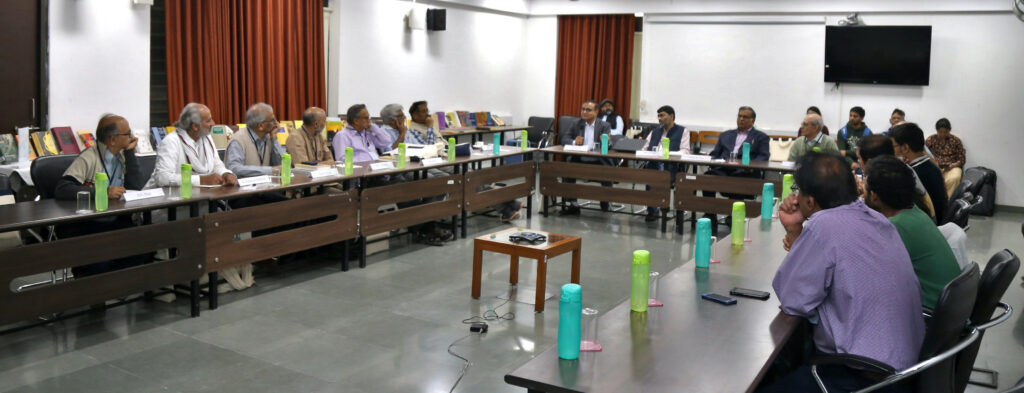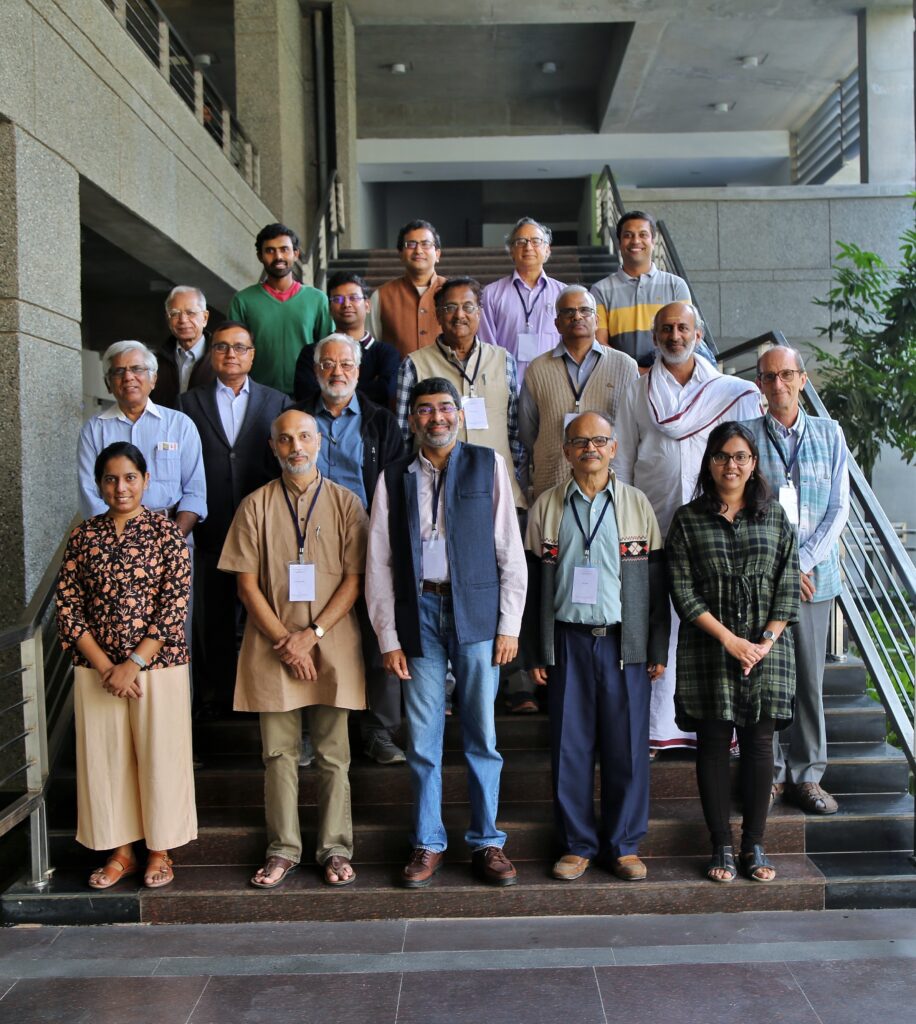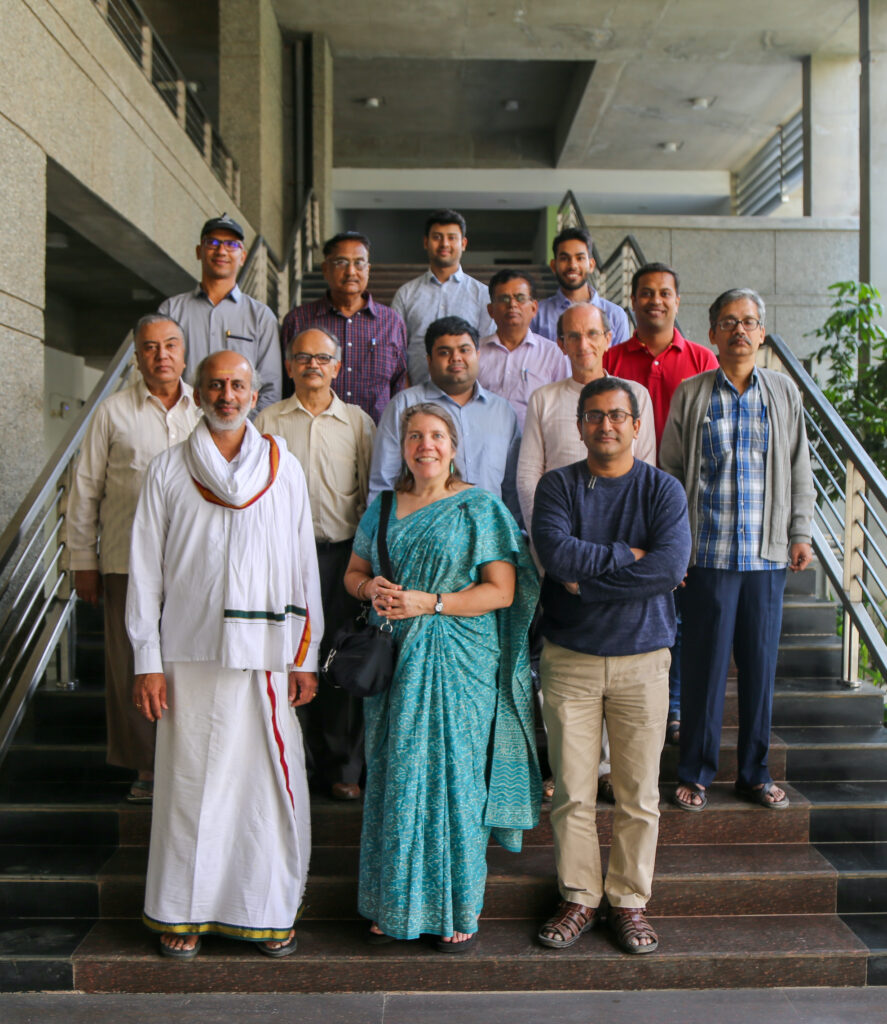
The history of mathematics in India has seen seminal contributions, ranging from the Śulbasūtras of remote antiquity to Śankara Varman’s Sadratnamālā of the 19th century CE, in a long, continuous and cumulative intellectual tradition. This tradition was nurtured by illustrious names such as Pāṇini, Pingala, Āryabhaṭa, Brahmagupta, Śrīdhara, Mahāvīra, Bhāskarācārya or Mādhava, and a host of lesser-known scholars from almost every part of the subcontinent. Through its advances in number systems, geometry, algebra, trigonometry, combinatorics, algorithmic methods and several other aspects, scholars from the Indian sub-continent have contributed to the creation of many foundational ideas of modern mathematics. In the twentieth century, this legacy was furthered on a new foundation; while the name of Srinivasa Ramanujan is much celebrated among the world’s greatest mathematicians, there have been significant contributions by several other distinguished mathematicians, each contributing to many newer frontiers of research in mathematics.
Despite this rich history, there is a broad perception that overall, the history of science and technology has been a neglected discipline in India, especially at the institutional level. To address this lacuna, IIT Gandhinagar has played host to a few important events in recent times. Of particular mention is the Workshop on Promoting History of Science in India in March 2013, where eminent scholars like Roddam Narasimha assembled to highlight significant developments of science in the Indian context and discussed ways to promote awareness of the field, especially among students. There was also an International Conference on Exploring the History of Indian Mathematics in December 2017, held in collaboration with the Indian Society for History of Mathematics (ISHM).
What began as an ambitious thought, gradually took concrete form via a well-conceived project, after Kris Gopalakrishnan (of Infosys) and Michel Danino met at IIT Gandhinagar in August 2019; their discussion culminated in November 2019 in the signing of an MoU to initiate the project History of Mathematics in India (HoMI), under the sponsorship of Kris Gopalakrishnan. In December 2019, an Advisory Council of eminent mathematicians assembled to discuss a broad plan of activities. A colloquium followed in February 2020, with the involvement of well-known scholars such as S.G. Dani, K. Ramasubramanian, M.D. Srinivas, M.S. Sriram, Kim Plofker, Clemency Montelle, Shailesh Shirali and Amartya Kumar Dutta. Together, they formulated a detailed roadmap for HoMI, following which a team of faculty members from IIT Gandhinagar started to work.

Traditional Indian mathematical texts have been largely undervalued by the global scientific community owing to the lack and ease of accessibility, and availability of authentic translations. This defined another objective for HoMI, that is, to identify, translate and annotate valuable ancient texts, and to create a central repository, which will help scholars and students alike bring to light the immense potential and knowledge that these ancient scriptures hold. This will also encourage young scholars to look deeper into these mathematical works, and generate valuable insights which might then result in further progress of these ideas in the modern context. Additional tools such as a comprehensive bibliography, a glossary of technical words in Indian languages, and software programmes/apps for specific illustrations of ancient methods would all first need to be created, and then shared online.

We now plan to prepare a series of educational videos for the popularization of the discipline, as well as educational modules on aspects of ancient Indian mathematics, targeting students at various pedagogical levels.
Through HoMI, IIT Gandhinagar hopes to contribute substantially to a growing interest in the study of ancient mathematics in India, and warmly welcomes interested scholars, and students to participate. This special issue of Bhāvanā is another effort in propagating certain outreach aspects of the HoMI project. \blacksquare
